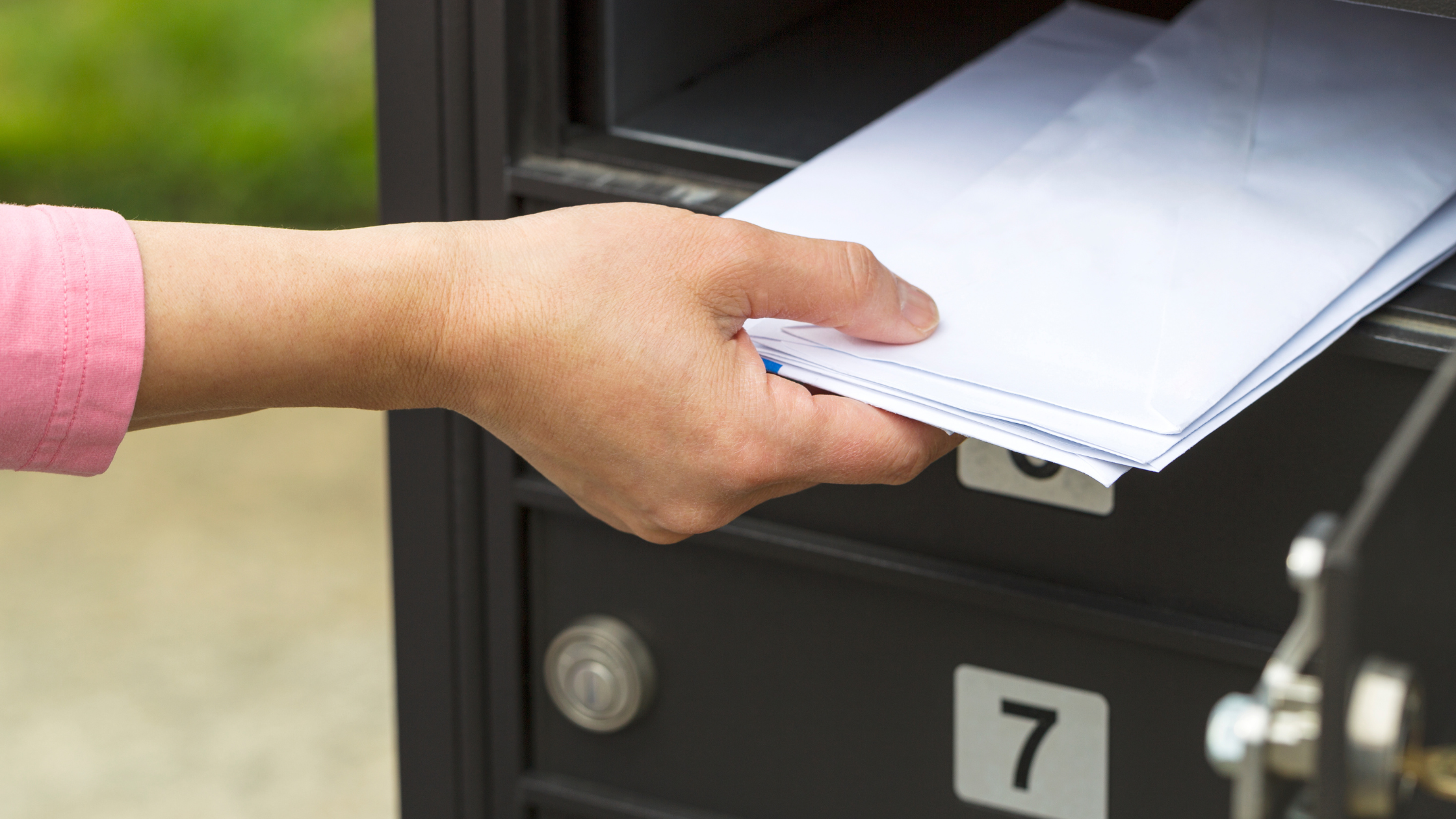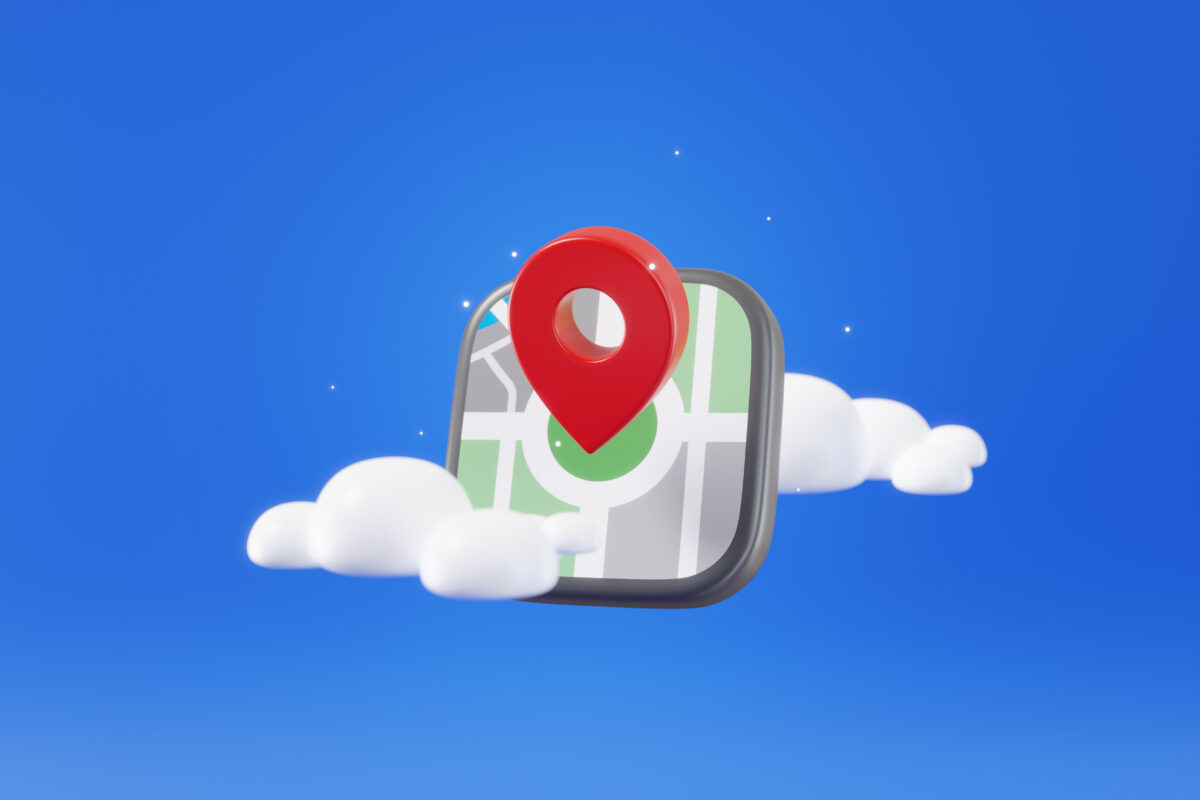
Top 5 problems with flyering and their solutions
Flyering remains an integral part of marketing for any organization. It may be considered the oldest form of advertising, yet it continues to be one of the most effective ways to get your message heard and reach potential customers. But despite this fact, flyering has its share of problems, regardless of working in-house or coordinating an extensive campaign with an external company.
From managing resources and scheduling issues to distributing content and ensuring ROI is maximized, plenty can go wrong along the way too!
This blog post will discuss five problems associated with flyering and what strategies one should employ to overcome them. So let’s dive right in!
Targeting the right audience with flyer distribution
Targeting the right audience is a significant problem for flyer distribution, as it requires careful consideration of the audience’s location and time of distribution. Inaccurate targeting or distribution at inappropriate times and places can lead to flyers not being seen by the intended audiences.
Another critical factor to consider is that the companies who opt for flyer distribution need more resources or expertise to reach their target audience. Achieving the right balance between reach and accuracy is difficult, as there are many variables to consider, including audience demographics, habits, and how they interact with different media types.
Targeting the right audience with flyer distribution requires significant research and insight into the target demographic and the most effective way of reaching them. Without this knowledge, organizations spend valuable time and money on ineffective campaigns or end up sending messages intended for one group to another entirely.

There are a few strategies you can use to ensure that your flyer distribution efforts are targeted:
- Identify your target audience: Consider who you want to reach with your flyers and tailor your messaging and distribution efforts accordingly.
- Choose suitable distribution locations: Think about where your target audience will likely be and distribute your flyers in those areas. For example, if you are targeting students, consider distributing leaflets on a college campus or in a neighborhood with a high concentration of students.
- Partner with flyer distribution companies: Consider partnering with businesses that offer flyer distribution as a service. Flyer distribution companies use advanced technology to capture user behavior based on previous campaigns and will be able to provide valuable insights on user traffic based on location. They will also have the expertise and resources to launch and execute distribution campaigns with greater efficiency.

Flyer distribution is time-consuming and labour-intensive
Flyer distribution requires going to each location physically and placing flyers manually in the designated area or handing them to individuals. This can be particularly time-consuming if the distribution area is large or if there are many locations to cover.
If the flyers are being distributed to individuals, there may be a need to engage in conversation or answer questions about the flyer, which can further add to the time required for distribution.
Another factor contributing to the time and labour required for flyer distribution is the need to track and record the distribution process. This may involve keeping track of the number of flyers distributed at each location and any feedback or responses received. This information can be important for evaluating the effectiveness of the flyer distribution campaign, but it can also add to the time and effort required.
There are several ways to make the process of flyer distribution more efficient:
- Use a flyer distribution service: Many companies offer flyer distribution services that can save you time and effort. Flyer distribution companies often employ or have a network of people who can distribute your flyers in specific locations of target audiences. They also use technology to keep track of where and when your flyers are distributed and how many are being distributed at each location.
- Use targeted marketing: Instead of distributing flyers to a broad audience, consider targeting specific demographics or locations where you know your product or service is in demand. This can help you reach a more relevant audience.
- Train your staff or volunteers: If you are distributing flyers manually, it is essential to train your staff or volunteers on the most efficient and effective methods for distribution.

Tracking the effectiveness of flyer distribution
Challenges that can make it difficult to track the effectiveness of flyer distribution:
- Lack of data: It can be challenging to track the effectiveness of flyer distribution if you don’t have access to data on who is reading your flyers and how they are responding to them. Without this information, it isn’t easy to know if your efforts are paying off.
- Difficulty measuring ROI: It can be challenging to measure the return on investment (ROI) of flyer distribution, as it can be difficult to quantify the value of the leads or sales generated by the flyers.
- Limited control over distribution: Keeping track of how many flyers were distributed by location is tricky. You will have little control over where and how the flyers are distributed, particularly if you rely on volunteers.
- Difficulty measuring the impact of multiple marketing channels: If you are using multiple marketing channels to reach your audience, it can be difficult to attribute the success or failure of your marketing efforts to any one channel, including flyer distribution.
One can overcome these challenges by utilizing digital technology to track the impact of flyers more accurately. For example, if your flyers include a QR code that links to a website or landing page, you can use analytics tools to track how many people are visiting that page and what kind of actions they take once they land on it. With this data, you can get an idea of how effective your flyer distribution efforts are.
GPS-enabled tracking is a powerful tool for evaluating the effectiveness of flyer distribution. This technology allows businesses to track, in real-time, the exact location where volunteers distribute flyers and how effective they are in driving engagement, giving you more control over the campaigns.
Location tracking also makes it easy for businesses to identify trends within a particular area or demographic group over time. By analyzing data from previous campaigns, companies can better understand which customer segments they should target with future campaigns based on past successes or failures.
You can also use these tools to look at key metrics such as total flyers distributed, total responses from your flyering campaigns, total leads generated or sales made within a certain period after distributing flyers. You can even track if the same customers return multiple times (tracking customers’ loyalty). This data provides valuable insight into which initiatives are working best and where improvements are needed.
Tracking the effectiveness of flyer distribution does require additional effort and the use of advanced marketing technology. However, these tactics will help ensure you get the maximum return for your investment in terms of time and money spent on advertising campaigns.

Lack of personalization
In a flyering campaign, personalization refers to tailoring the marketing materials and message to specific individuals or groups. For example, a campaign targeting college students might include information about local events or discounts that are particularly relevant to that demographic. In contrast, a campaign targeting families might focus on family-friendly activities and promotions.
If the marketing materials are not tailored to the specific needs and interests of the target audience, they may not be as effective at attracting their attention or engaging them. This can lead to a lower response rate and a less successful campaign.
A lack of personalization can also make the marketing materials feel impersonal and less authentic, which can turn off potential customers. In today’s digital age, people expect a high level of personalization in their marketing experiences, and a lack of it can make a campaign feel outdated or inauthentic.
To address these issues, it’s essential to carefully consider the target audience for the flyering campaign and tailor the marketing materials and message to their specific needs and interests. This can be done through detailed market research, segmentation, and personalization to ensure that the campaign is as targeted and effective as possible.

Flyering can be illegal in some cases
Flyering is generally considered a form of free expression. However, some restrictions on flyering may make it illegal in certain circumstances.
For example, flyering may be illegal if it is done on private property without the owner’s permission. It may also be unlawful if flyer distribution is done in a way that interferes with the normal traffic flow or causes a public nuisance. In addition, some local laws may prohibit flyering in certain areas or at certain times.
Before distributing flyers, it is important to familiarize yourself with the laws and regulations governing flyering in your area. If you are unsure whether flyering is legal in a particular location, it is always a good idea to check with the local authorities or seek legal advice.






